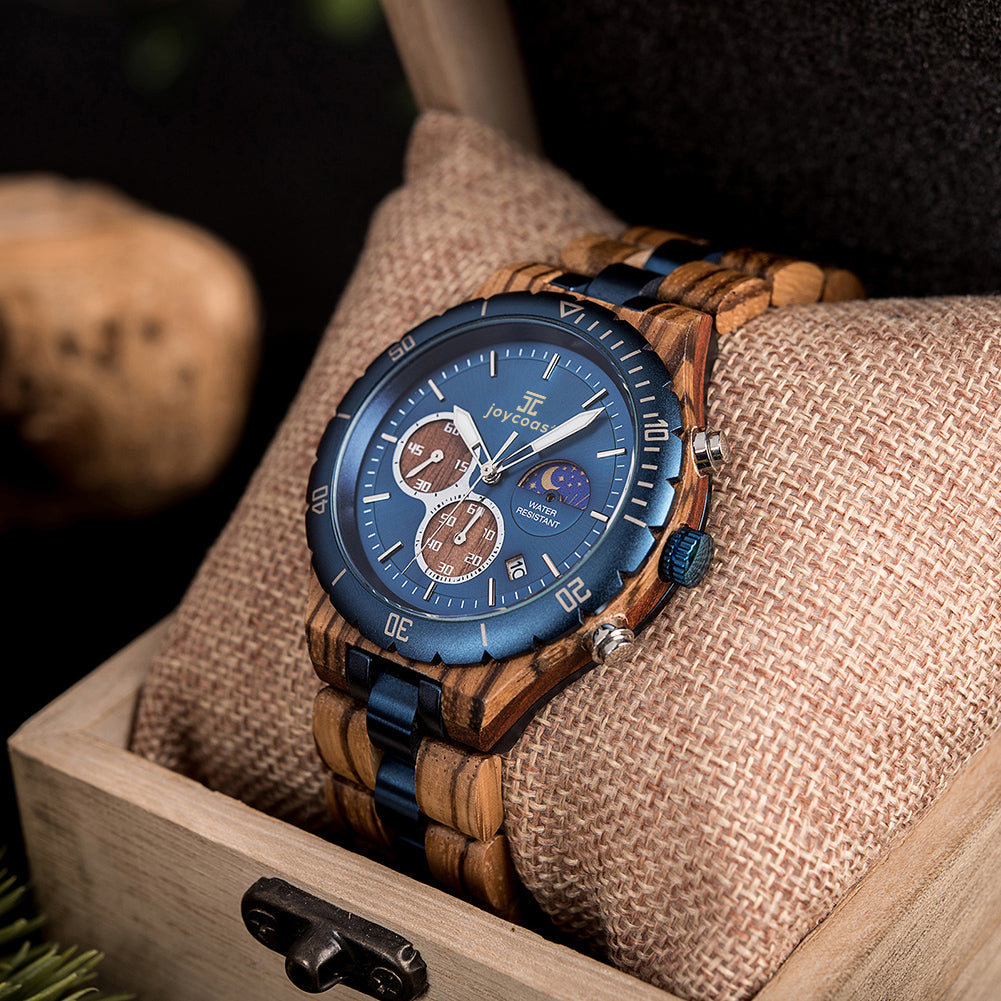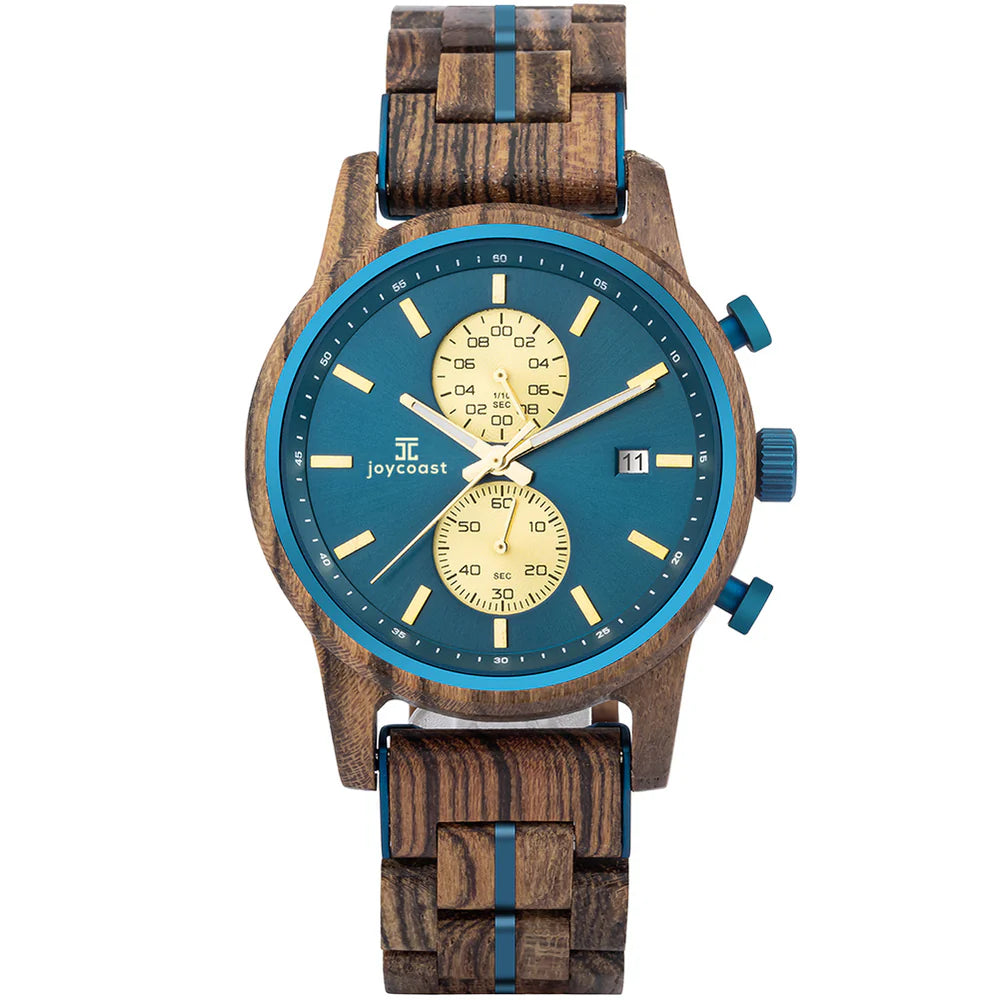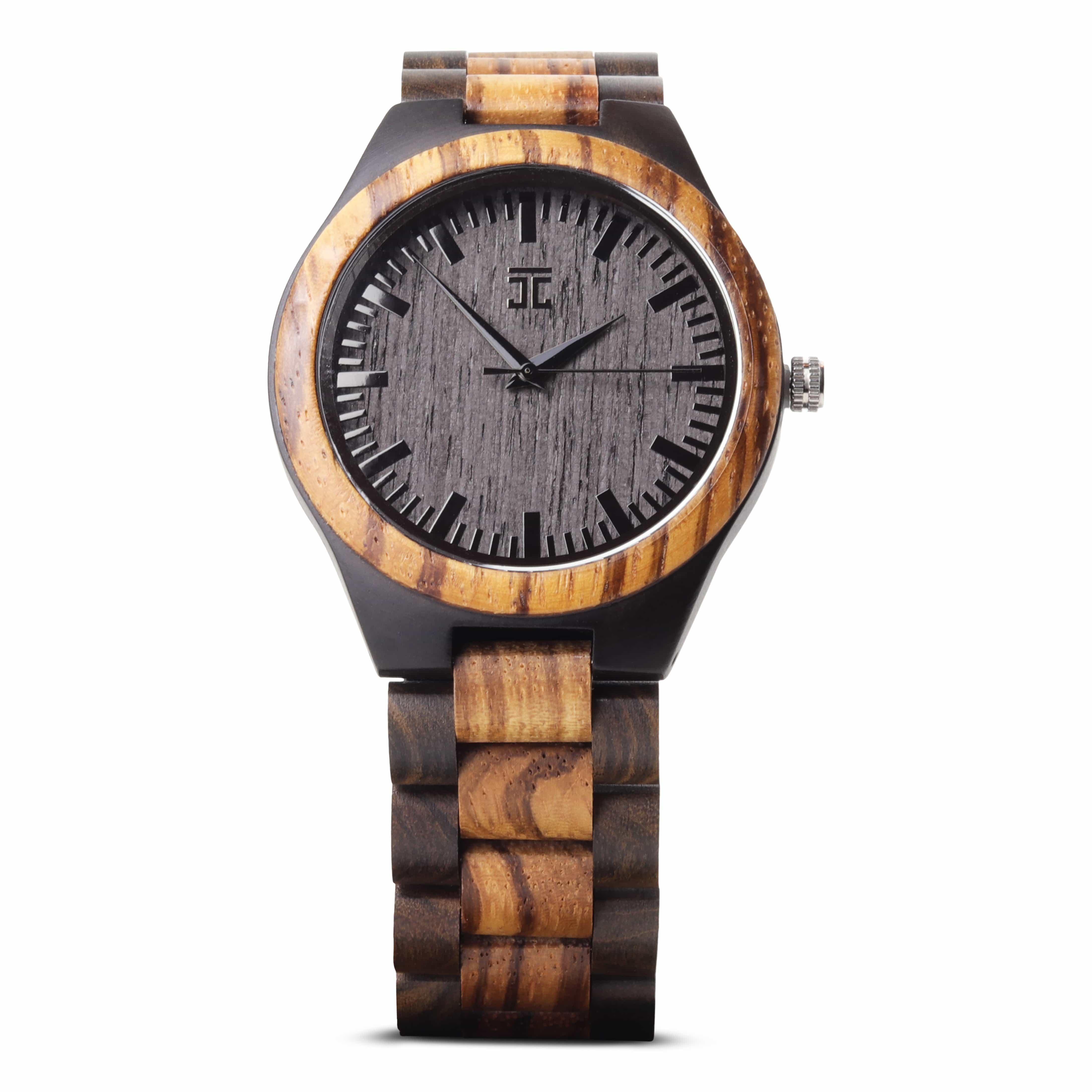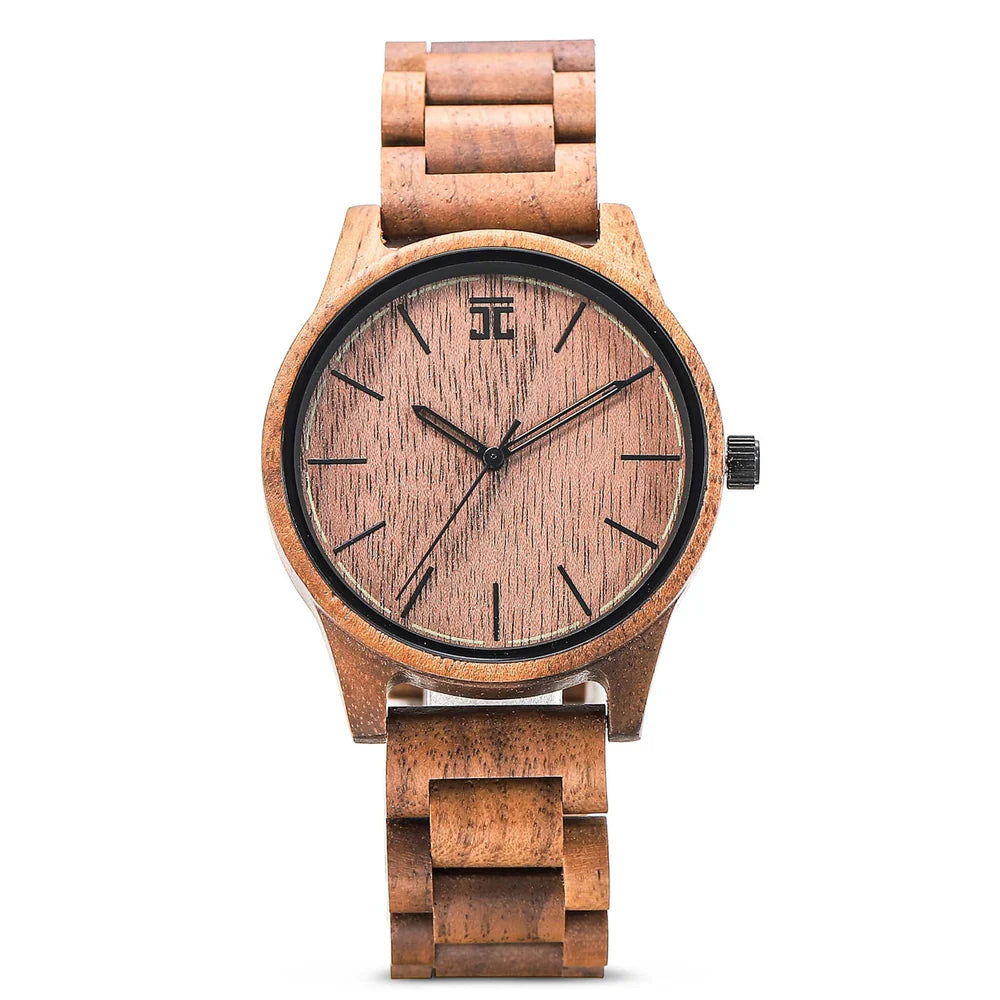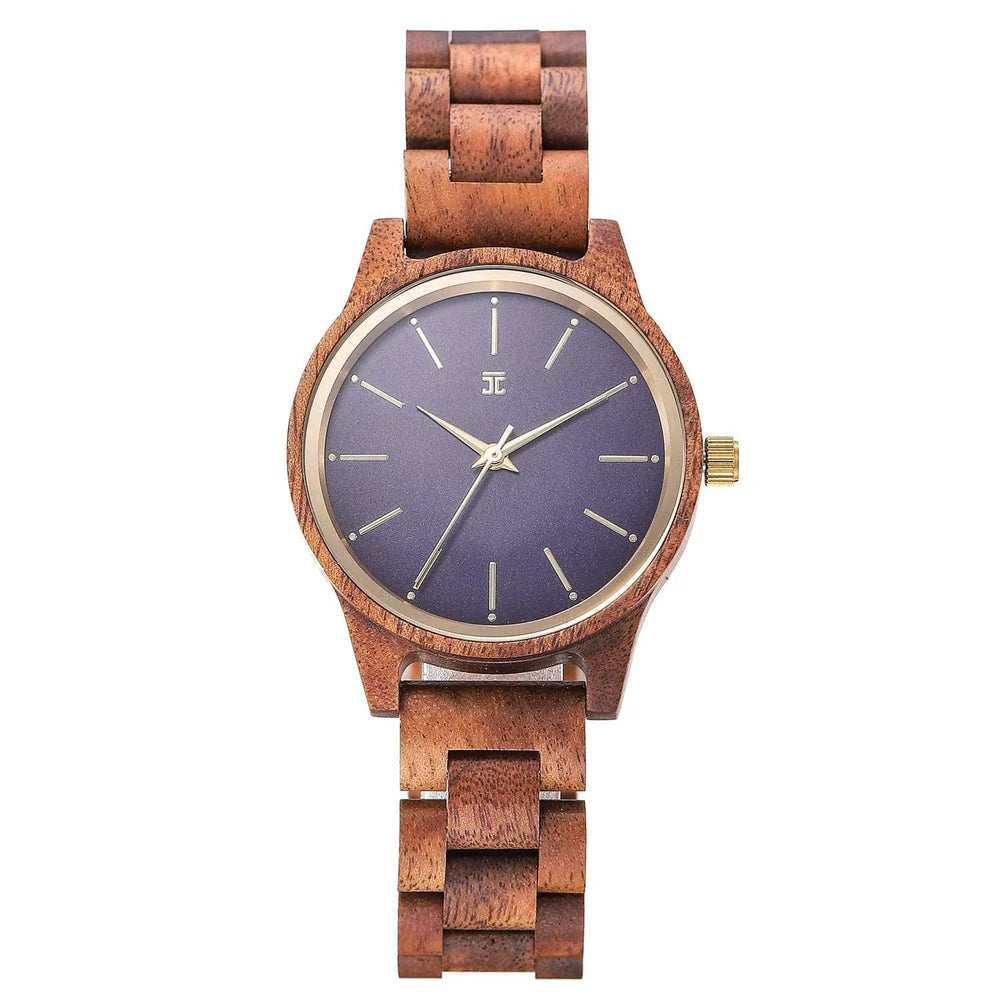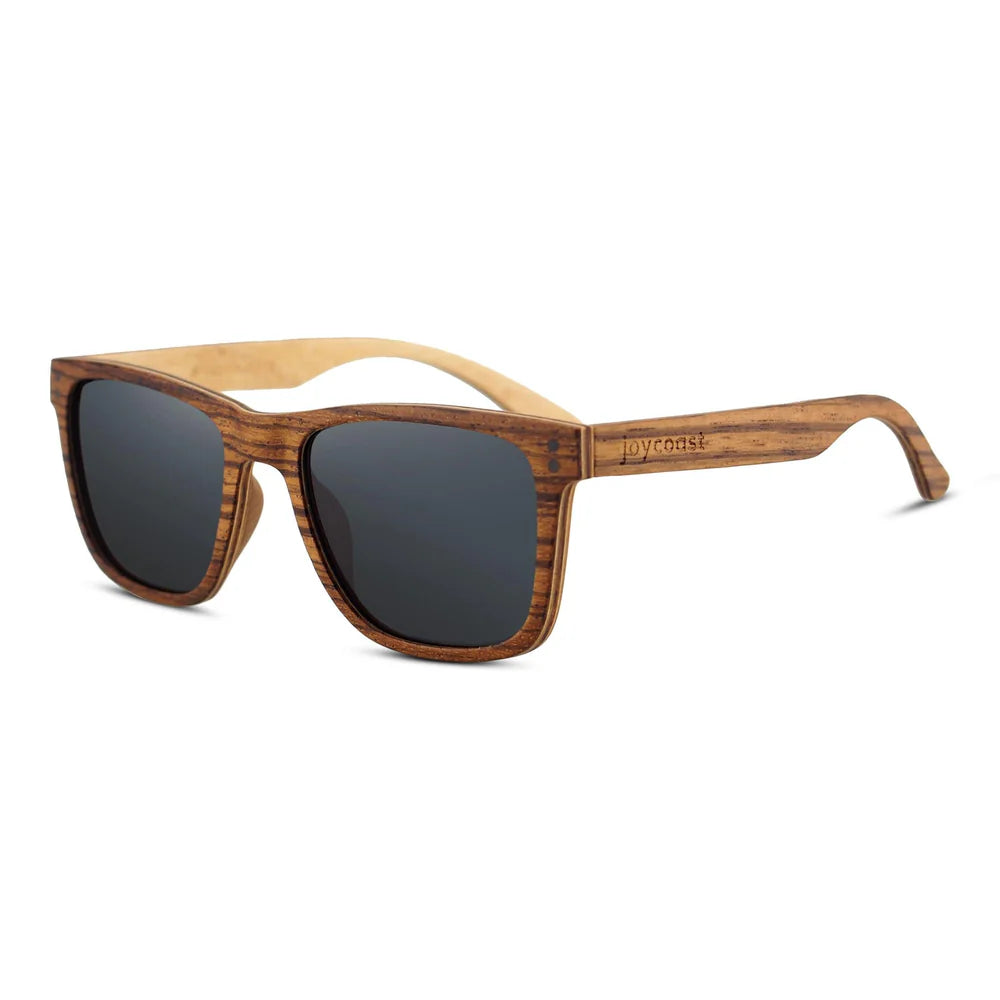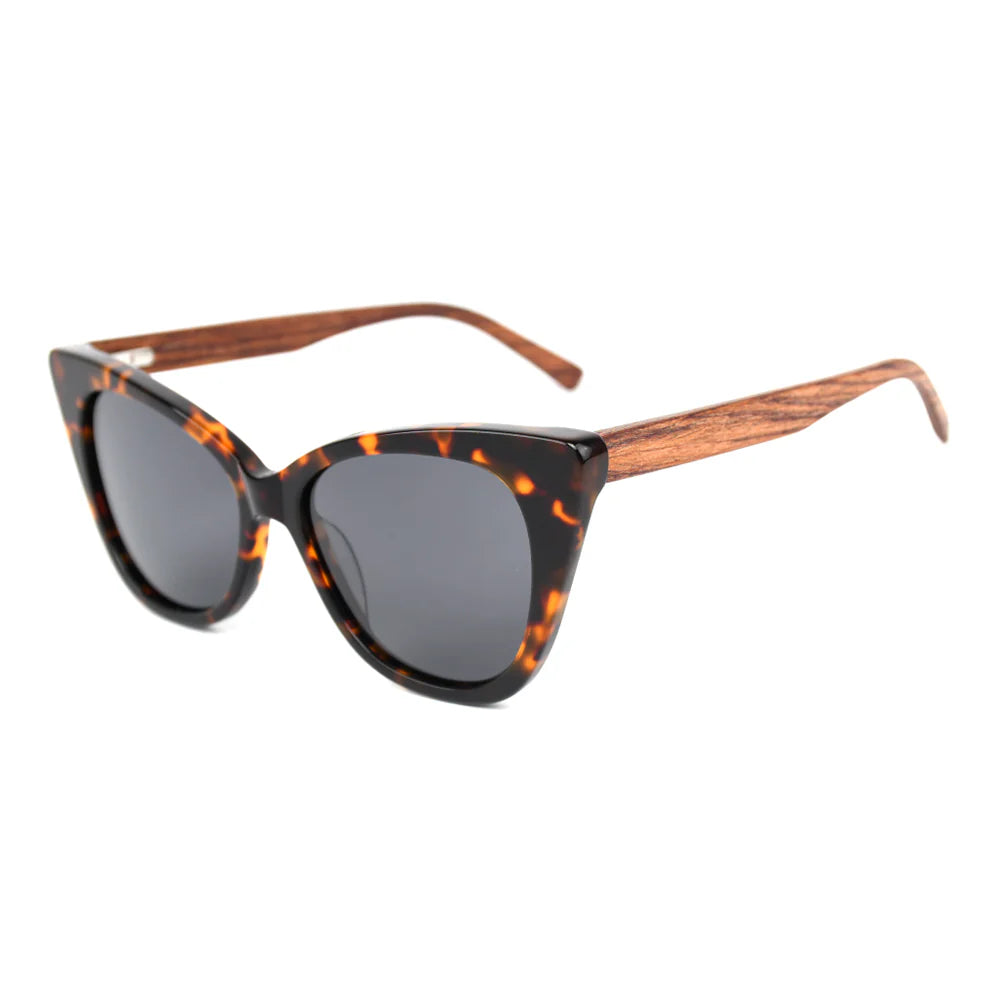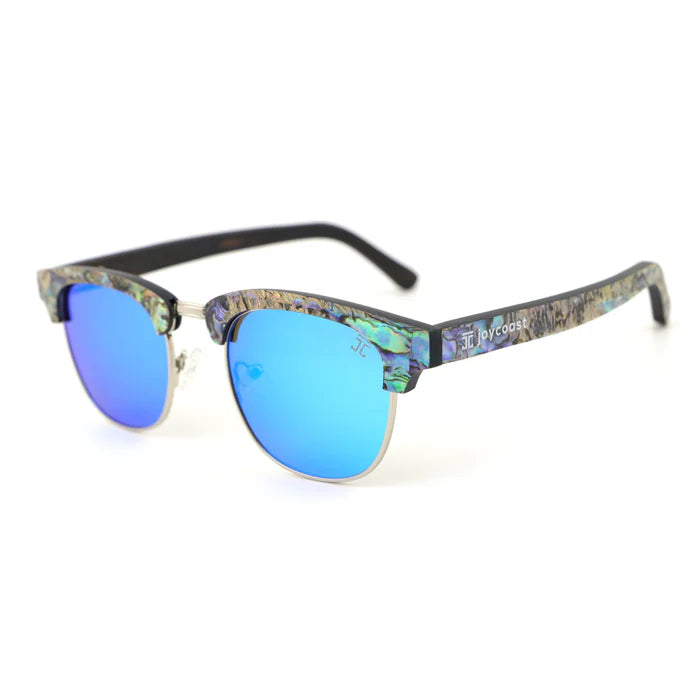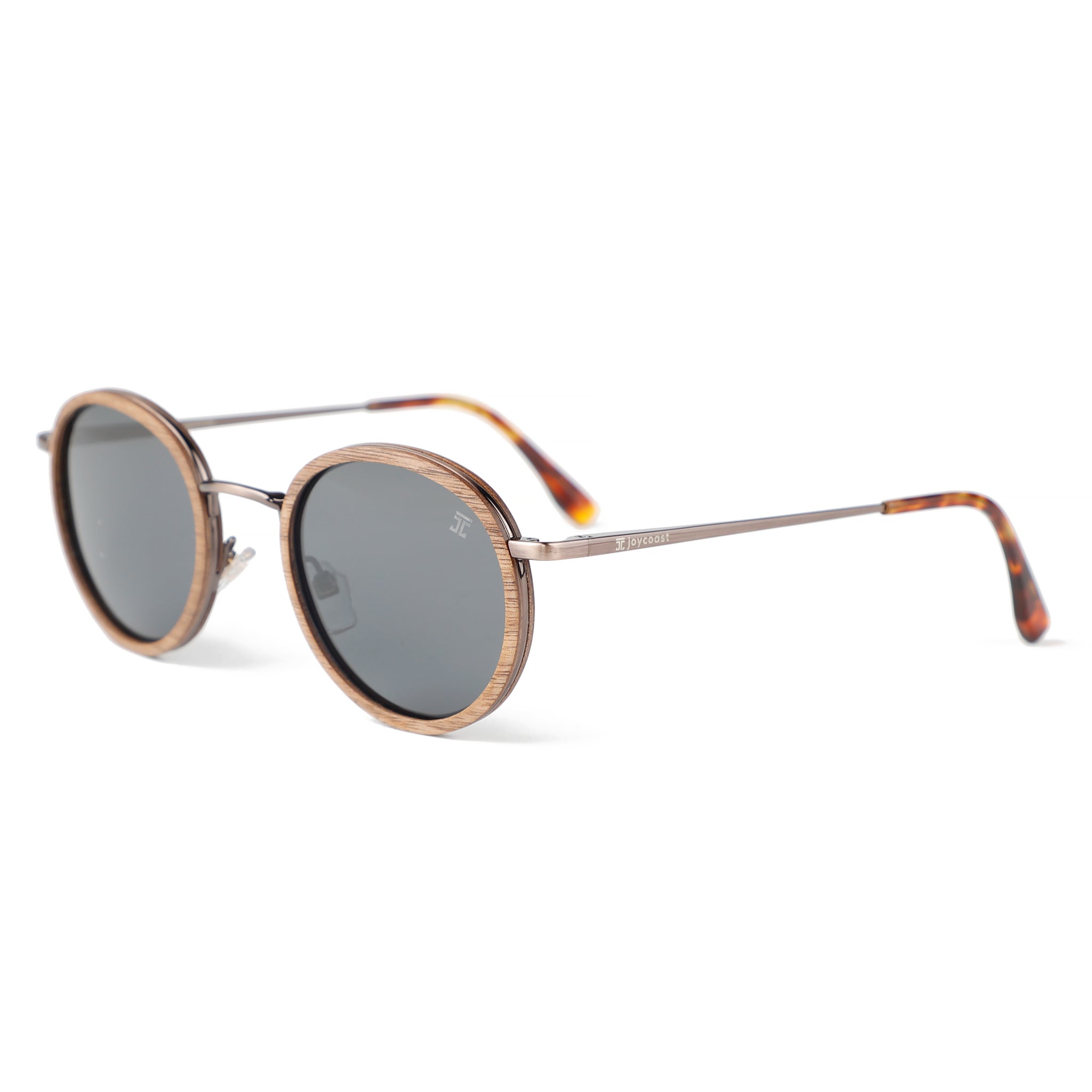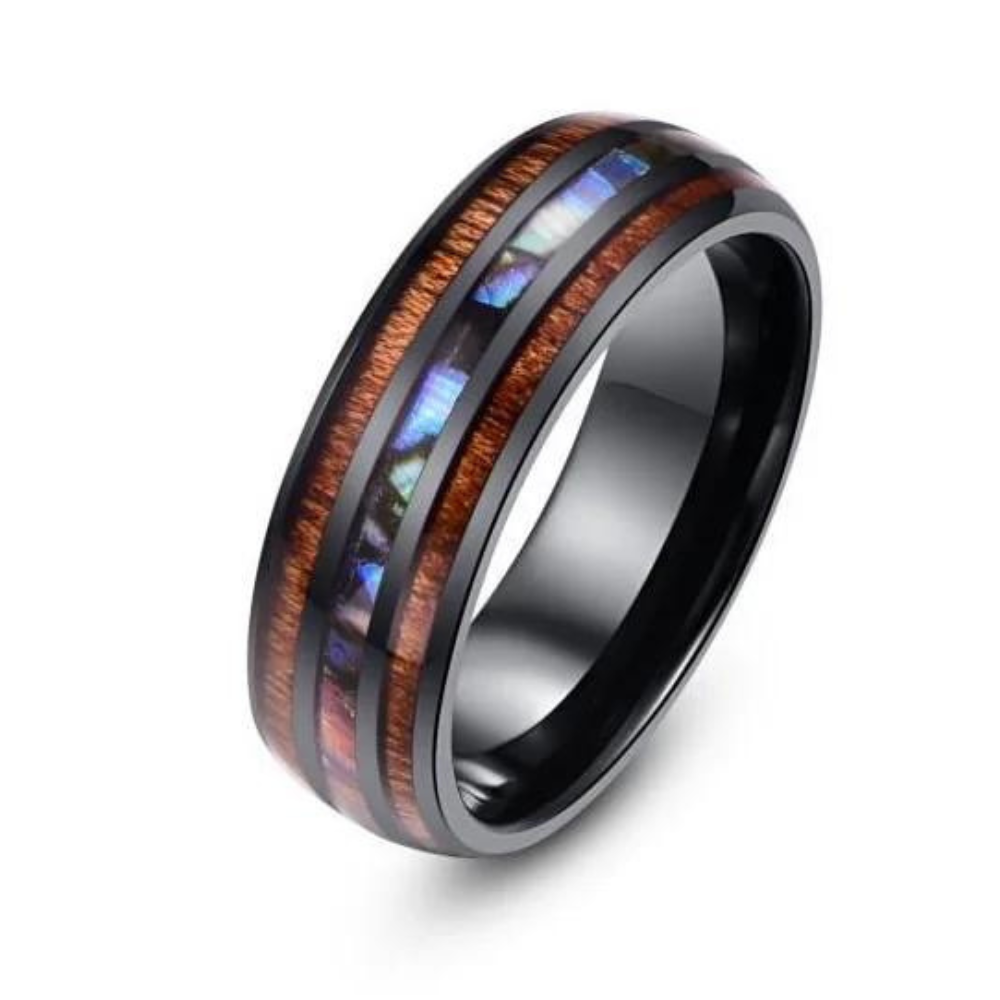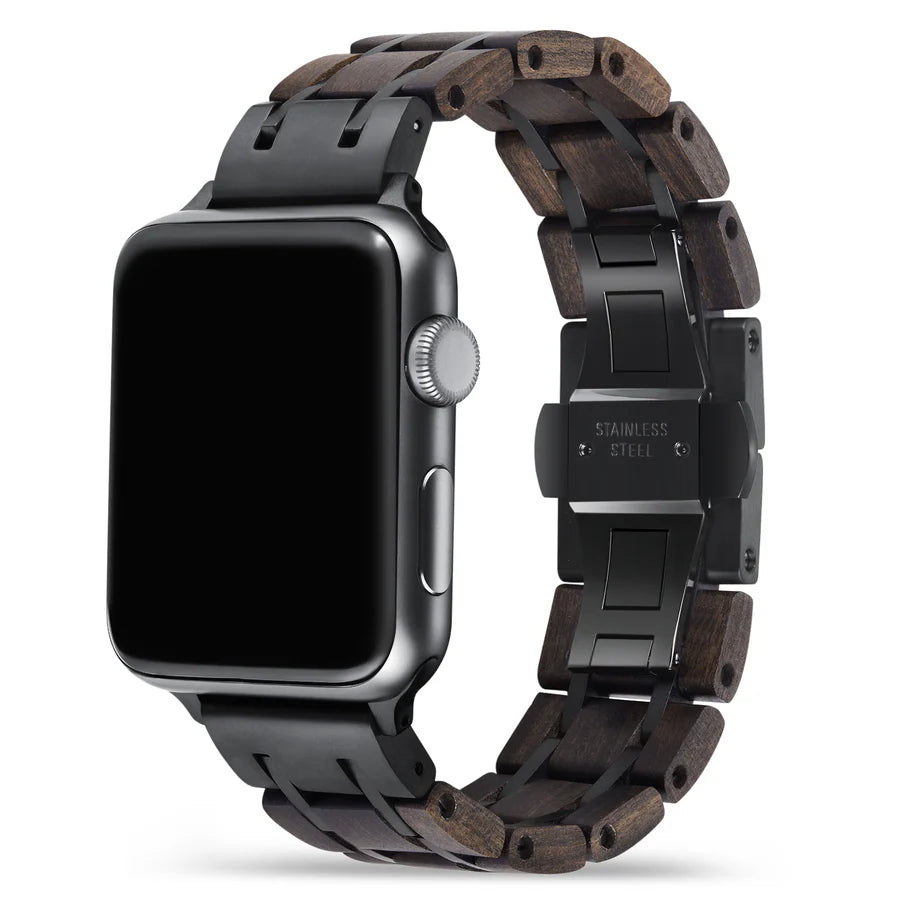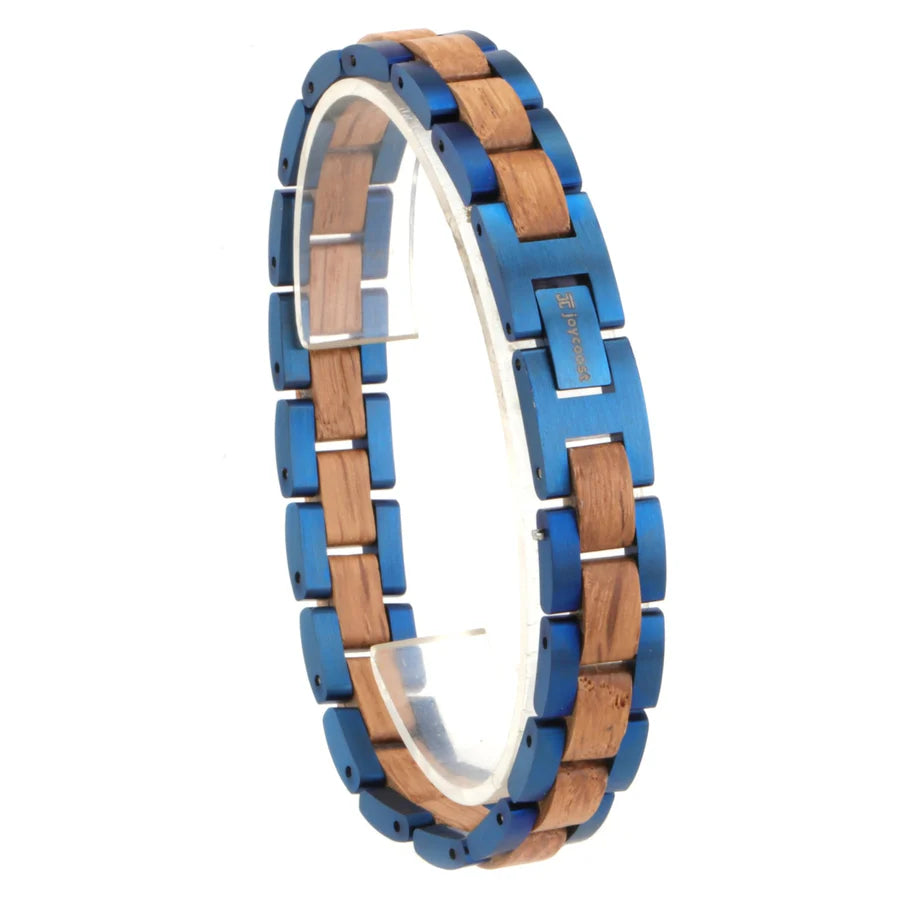Cork Oak Tree (Quercus Suber)
Cork is the thing that fits into the top of a wine bottle, right? Yes, it is... but there’s a lot more to it. Cork itself is actually an entirely natural material derived from the bark of a tree called the cork oak (imagine that!). Though being as soft and lightweight as it is, it’s hard to believe that cork is even from a tree at all. Most bark we know of is hard and woody, not light and spongy . But that’s what makes it unique, and unique is what we’re all about!
Where Does Cork Come From?
Where Do Cork Trees Grow?
The cork oak tree is native to the Mediterranean and is abundant in North Africa and the European countries of France, Italy, Spain, and Portugal, the leader in cork production. In fact, the unique structure of cork bark tissue exists to protect the tree from the hot and dry climate of these areas. The cork oak is found naturally in these countries, and cork tree forests play a major role in biodiversity. They can also be found at nurseries located in areas of the western United States.
How is Cork Made?
A cork oak takes at least 20 to 25 years to produce a quality outer layer of cork, which can then be harvested about every 10 years over its lifespan. Once it’s ready for harvest, sections of the bark are carefully cut and removed from the tree with an ax or hatchet. It is then boiled to help soften the bark, making it easier to handle and remove the hard, woody outer layer. What’s left is 100% pure cork material, that same stuff we use in all of our cases that come with our wooden sunglasses!
Is Cork Sustainable?
Our favorite thing about cork is that it’s almost entirely sustainable. Trees alone are a natural and renewable resource and have a far less impact on the environment. But, the great thing about cork is that the tree doesn’t have to be cut down or damaged at all. When a cork oak matures enough for the bark to be harvested, the tree itself is virtually unscathed in the process and can continue regenerating cork for many years to come.w
What’s more, cork is completely recyclable and biodegradable, leaving no carbon footprint throughout its life cycle. Plus one for the environment!
What Are the Best Uses for Cork?
Cork is one of the most versatile materials and is used in many different applications, such as:
Is There A Cork Shortage?
With so much being used for bottle stoppers and other products, it may seem that a cork shortage is possible. Well, you’ll be glad to learn that this is far from the truth! Especially in Portugal, cork oak is very abundant and exists naturally in the wild. And, due to its many sustainable properties, there is no worry of cork disappearing anytime soon. However, the rise of rubber and plastic alternatives may eventually lead to a shortage over time. But, doesn’t that mean we’ll be saving trees? Not really.
The fact is, as demand for cork falls, the cork oak trees will be neglected, go to waste over time, and eventually be replaced. Then, there will be a cork shortage. But by utilizing the cork trees, there is more of a reason to promote their long-term growth and protect the diverse forests in which they live.
To make a long story short, there is no shortage… so keep buying cork! The environment will thank you (and so will we).

